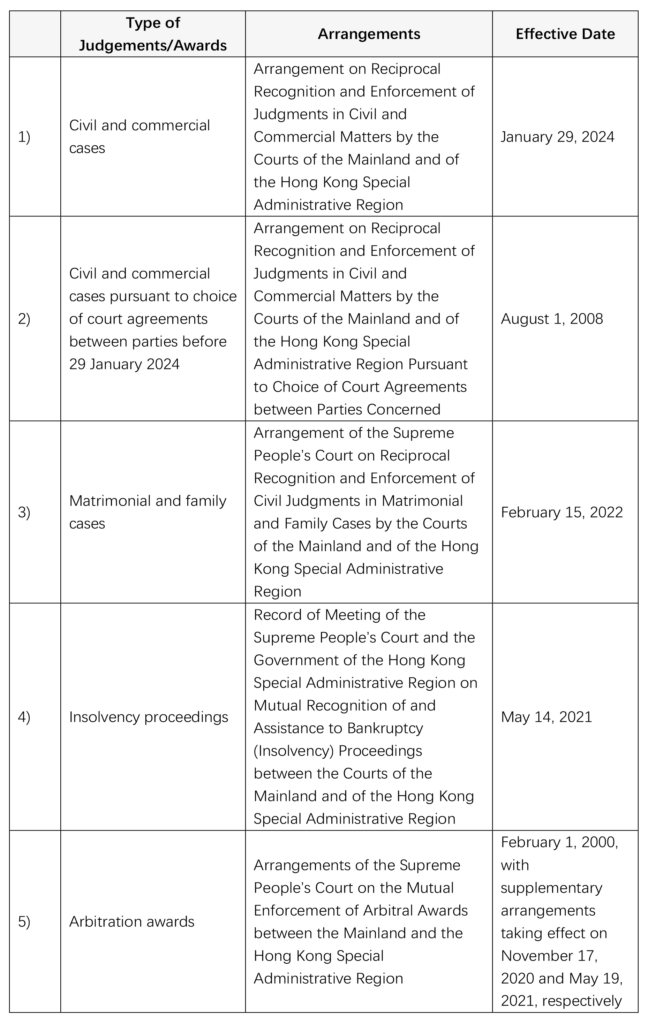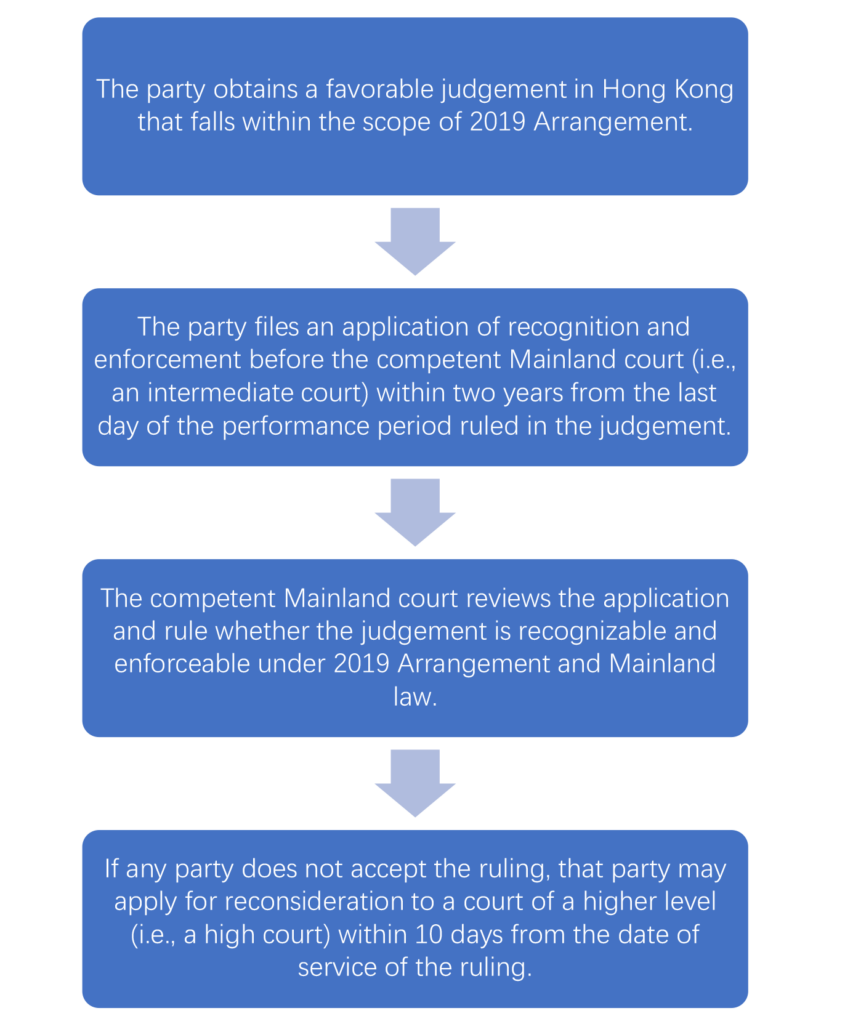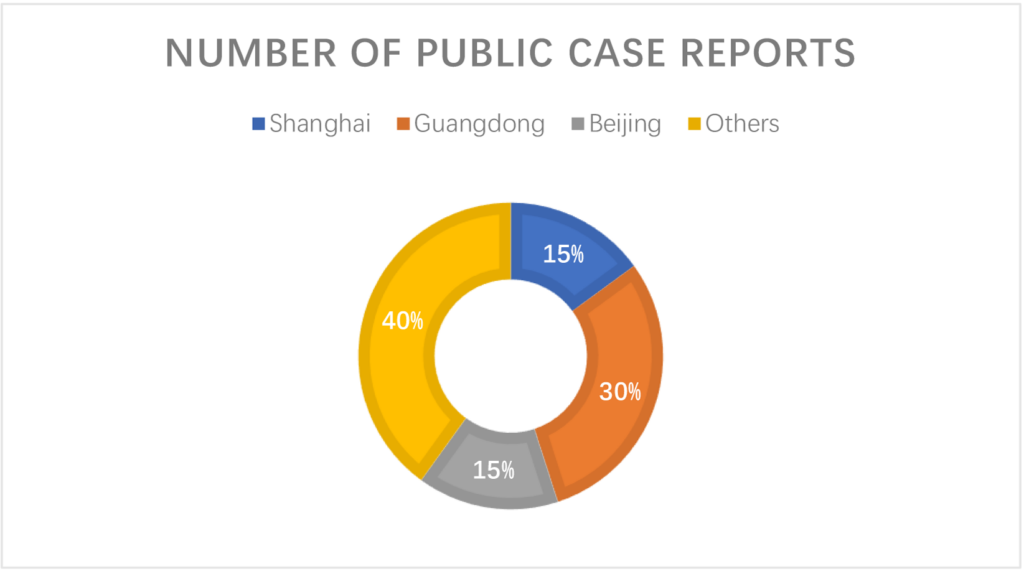In today’s interconnected global business environment, establishing partnerships with Chinese suppliers has become a worthy strategic move for companies worldwide. However, managing commercial relationships with Chinese suppliers can pose challenges, and among these, one often overlooked yet critical aspect lies in the registered Chinese names of the Chinese suppliers, as ignorance of such information can expose businesses to various complications. In this article, we delve into the legal risks arising in this regard and provide practical suggestions based on the laws of China. For the purpose of this article, the discussion excludes Hong Kong SAR, Macau SAR, and Taiwan Province.
Chinese Names and Their English Translations
As Chinese is the only official language in China, any company in China is officially registered with its name in Chinese only. In its daily operation, on the other hand, a company can freely use its English name for marketing and other purposes.
In our practice, we have encountered many situations where English names are misused in cross-border transactions and transaction documents. Such misuses include but are not limited to:
1) Chinese name not accurately translated – Some companies might transliterate their Chinese names into Pinyin, translate them word-for-word, or use English expressions denoting similar concepts. The practices make it challenging to accurately identify the exact company just by referring to its English name.
2) Correct English name, but registered in a jurisdiction other than the Chinese mainland – This issue frequently arises due to the common practices adopted by many trading companies based in China’s mainland to, for example, set up an offshore company in Hong Kong or another jurisdiction to avoid the complexities of foreign exchange or taxation. In those jurisdictions, registering an English name is often allowed or even preferred. Such approach per se is justifiable, but the problem is, some Chinese companies that established offshore businesses may use the English names of their offshore companies in their daily contact with their foreign counterparts and even have these foreign companies issue proforma invoices and receive payments.
3) Intentional use of false English name – The most severe offense is where the English name used by a “Chinese company” does not correspond to any registered entity in China and is purely fabricated.
Legal Risks
Understandably, legal risks follow when it is not possible to identify a supplier in China via its name. Such legal risks will be briefly discussed below.
Identifying the Defendant
According to Chinese civil procedure laws, it is required to provide an accurate Chinese name to the court in order to initiate legal proceedings in China. Without it, the court will not be able to admit the case.
If in a lawsuit, the counterparty goes by its English name, and such name is not accurately translated, it often proves difficult to find its exact registered Chinese name. This issue is exacerbated by the fact that in practice, an English name can often refer to different entities in China.
The problem with different businesses sharing the same English name is even more evident when dealing with affiliated companies. In a recent case we handled, a company goes by Guangzhou ABC Co., Ltd. breached a sales contract with our client. Since the company did not disclose its Chinese name, we had to trace the term “ABC” and see if we can identify a Chinese company using the name. We ended up identifying four companies with similar translated names, all of which seemed to be affiliated entities.
To cut through the intricacy, we sued all four companies, as it was impossible to identify which one had direct business dealings with our client. During the hearing, one of the companies admitted to doing business with our client. However, we were wary about accepting this acknowledgment because the company in question had minimal registered capital among the four and seemed incapable of repaying the losses incurred by our client. Although the court eventually found all four companies liable with significant efforts on our part, success is not always guaranteed, and this risk must be closely monitored.
Challenges in Jurisdiction
Once a dispute arises between a foreign company and its supplier, the foreign company normally considers filing a lawsuit against the supplier in the Chinese mainland for the sake of costs and the convenience of enforcement, or simply because it is unaware of any other entity involved in the transaction besides the “Chinese company”. However, such choice of jurisdiction is frequently challenged, with the opposing party claiming that the English-named company on the transaction document is already registered in another jurisdiction, such as Hong Kong, and therefore suing the Chinese company is inappropriate.
Past cases reveal that judges tend to dismiss cases filed in China due to a lack of jurisdiction based on the above arguments. In such instances, a foreign company might find itself in a vulnerable situation since it has already incurred significant costs, such as legal fees, translation expenses, and other related expenses in China that all go down the drain due to the dismissal. In the meantime, they would have to bear additional costs to pursue legal actions in other jurisdictions.
Scam Threats
Some people employ the deceptive tactic of intentionally using false English company names to conceal their identities and engage in scams, taking advantage of unsuspecting clients. This scheme proves particularly frustrating for our clients seeking legal assistance in China, as the scams might have no connection to China at all, which is not uncommon in recent cases we dealt with, even though those companies present themselves as Chinese companies.
Therefore, foreign companies need to be vigilant if any of their Chinese counterparties refuses to disclose its registered Chinese name or provides false information. Such behaviors are highly indicative of potential scams, and in most cases, losses incurred will hardly be recovered.
Be Sure to Verify the Company Names in China-Related Transactions
As can be seen from the above, it is extremely important for a foreign company to know its Chinese counterparty’s registered Chinese name and to use it properly in a transaction involves Chinese elements. For doing so, we normally advise our clients to:
1) request Chinese counterparties to provide the company name in Chinese – This can be achieved by asking for their business license to ensure accurate representation.
2) verify the Chinese name using the company registration system in China – It is recommended to use Chinese government databases like the National Enterprise Credit Information Publicity System (NECIPS) to cross-reference the provided information. NECIPS is a free platform accessible to the public, and individuals have a basic knowledge of Chinese can navigate it.
3) ask their Chinese counterparties to use their official Chinese names, disclose their Unified Social Credit Codes, and use official stamps in transaction documents, such as proforma invoices or contracts. The Unified Social Credit Code is a unique identifier obligatory for every business and organization operating in the Chinese mainland (note that entities from Hong Kong SAR, Macau SAR, and Taiwan Province don’t have this code since these are separate jurisdictions). This approach will also help identify a company without any confusion.
Conclusion
In light of the above, it is crucial for overseas companies to request and identify the official Chinese names of their Chinese counterparties in today’s cross-border transactions. One English name may be used by different entities, and confusion in the jurisdiction can result in dismissed cases, causing financial losses or even posing a scam threat. To mitigate these risks, it’s advised to obtain a Chinese counterparty’s name in Chinese, verify the Chinese name through government databases, and request for the use of Chinese names and official identifiers in transaction documents.
In fact, acquiring an accurate Chinese name of a company not only mitigates risks but also allows for thorough research into the company’s background, shareholders, registered capital, and business qualifications, facilitating informed decision-making.
However, finding out a company’s name is just the first step. For businesses initiating ventures with new Chinese counterparties, it is strongly recommended to conduct due diligence on these business partners, with the help of a law firm having expertise in verifying business information in China. This additional scrutiny ensures a thorough examination of the business landscape, effectively mitigating risks and enhancing the likelihood of successful and secure transactions.



